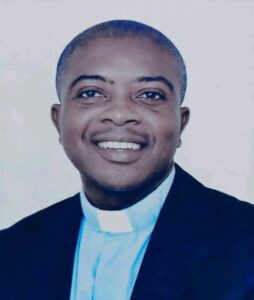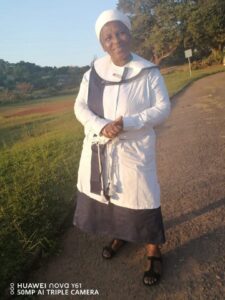Information reaching Kossyderrickent has it that Africans scream ‘Racism in the church’ as Pope Francis gives facial reaction to Cardinal Francis Arinze greetings on Palm Sunday celebration. (Read More Here).
“The Church should never depart from the sacred treasure of truth inherited from the Fathers. But at the same time, she must ever look to the present, to the new conditions and the new forms of life introduced into the modern world,” said Pope John XXIII, in his Opening Speech to the Second Vatican Council in St Peter’s, Vatican, October 11 1962.
Fifty-eight years ago, marked the largest reform the Catholic church had experienced in centuries. Years after the second Vatican council was conducted, the Catholic mass changed from Latin to English, lay people led scripture readings, and Catholics strengthened their relationships with protestants and other religions.
The goal was to update the structure of the Catholic church to blend with the new changes that emerged post-World War II.
Out of about 2,500 council fathers that took part in the second Vatican council, only six are still alive, including one Nigerian, Francis Arinze.
Arinze is a 90-year-old Nigerian Cardinal, born November 1, 1932, in Eziowelle, Onitsha, Nigeria. He was the youngest bishop to attend the second ecumenical council. Ecumenical councils are meetings of all the bishops, which happen every 100 years. They are also called to respond to a crisis or a change in society.
He became the youngest Roman Catholic bishop in the world when Archbishop Charles Heerey consecrated him on August 29 1965, at the age of 32.
During that period, the council fathers in attendance represented 79 countries: 38 percent were from Europe, 31 percent from the Americas, 20 percent from Asia and Oceania, and 10 percent from Africa.
Others cast their eyes to the right of the apostolic palace, to the window of a cardinal who could become very famous very soon. Francis Arinze is tipped by some to succeed John Paul II and become the first African in 1,500 years to sit on the throne of St Peter.
If he does, the world will devour every detail about this stocky Nigerian – that he spent his early years in the countryside outside the Catholic faith; that he loves tennis and football; that he hangs African masks on his apartment walls; that he thinks Muslims, Buddhists and Jews can go to heaven; and that he stopped taking sugar in his tea during the Biafran war.
For many, the most compelling detail would be his race: a black man with more international influence than many white prime ministers and presidents. As pope he would wield a unique blend of spiritual and political power, able to mobilise the opinions of up to a billion Catholics and sway the policies of nation states.Pope Francis using a big white puffer jacket in the Vatican City, noon light, screen space Global illumination, lumen reflections, space Reflections, diffraction grading, chromatic aberration, ambient occlusion, realistic photograph.
Pope Francis was spotted sporting an all white fashion ensemble.
The most significant component of the law may be its impact on the “lay faithful” who run international religious movements recognized by the Holy See. They will now be responsible for abusive acts committed within their movements while they held office. This was a reaction to instances of lay leaders who allowed abuse of the faithful under their spiritual care or jurisdiction. The law, which goes into effect on April 30, also requires church authorities in the place where abuse may have occurred to conduct investigations.
Despite some opposition in the Vatican, the rules also explicitly widen the definition of adult victims who can be considered vulnerable. Whereas the previous law considered only “habitually” impaired people to be vulnerable, the updated version includes “any person in a state of infirmity, physical or mental deficiency, or deprivation of personal liberty which, in fact, even occasionally, limits their ability” to resist.
The law also penalizes cases of abuse or violence against religious women such as nuns and against seminarians by clerics.
Discover more from KossyDerrickent
Subscribe to get the latest posts sent to your email.









